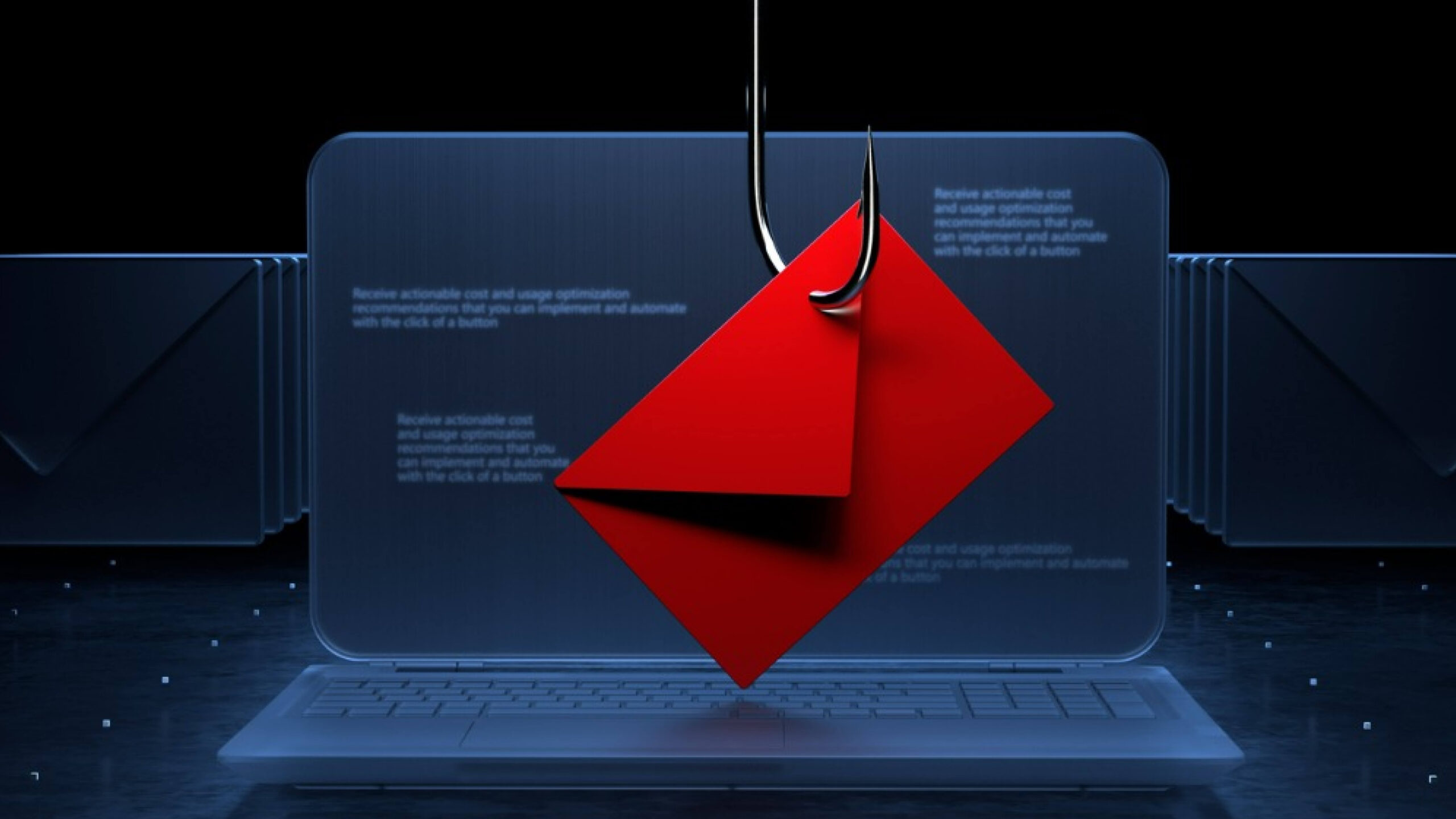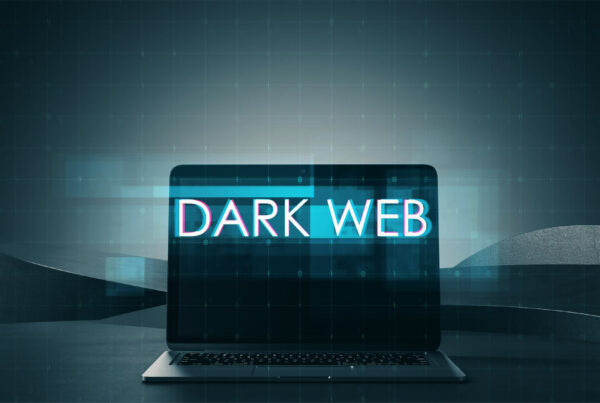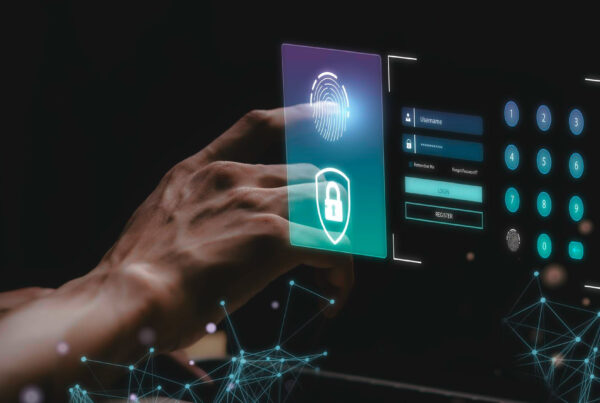Phishing is a kind of cybercrime that includes persuading a person to provide the attacker with their private information. The details might include bank information, passwords, usernames, credit card information, etc. Malicious emails, texts, and phone calls are used in these phishing scams.[1]
The practice of sending false communications that seem to be from a reliable source is known as Phishing attacks. The intention is to steal personal information like credit card numbers and login credentials or to infect the victim’s computer with malware. Phishing is a prevalent form of cyber-attack that everyone should become aware of in order to protect themselves.[2]
How is phishing carried out?
Phishing begins with a fraudulent email or other means of communication meant to entice a victim. The communication is crafted to appear to be from a reputable source. If the victim falls for it, they may be persuaded to divulge private information, frequently on a fraudulent website. Malware may also occasionally be transferred into the target’s computer system.
What threats do phishing attacks pose?
Attackers may be content to get a victim’s credit card number or other personal information in order to get money. Other times, phishing emails are sent in an effort to gather employee login credentials or other information for use in an advanced and powerful attack against a particular firm. Phishing is a common starting point for cybercrime assaults like advanced persistent threats (APTs) and ransomware.
According to a recent report, India was one of the 111 nations hit by a worldwide cyberattack involving a group of hackers who stole credentials through a coordinated phishing effort, ranking third globally and first in the Asia-Pacific area.
1. It comes from a public email domain.
No trustworthy company will ever send emails from a @gmail.com address, and even Google cannot.
Most businesses, with the exception of a few small organizations, will have their own email domain and email accounts. Genuine emails from Google, for instance, will begin with “@google.com.” The email is presumably real if the domain name, which is the part that comes after the @ sign, matches the email’s purported sender. On the other hand, if the email originates from an address unrelated to the apparent sender, it’s almost certainly a scam.
2. The domain name has a typo
Another hint that strongly suggests phishing scams is concealed in domain names.
Anyone may purchase a domain name from a registrar, which is a concern. There are several ways to produce addresses identical to the one being faked, even though every domain name must be unique.
3. The mail is poorly written
It’s astonishing how frequently you can identify a phishing email just by the poor language used in the message body. Read the email carefully, looking for any spelling, grammar, and weird phraseology errors. Emails from reputable businesses will have been written by expert writers and thoroughly reviewed for legality, spelling, and grammatical mistakes.
4. It contains sketchy links or attachments
There are several types of phishing emails. Although we’ve concentrated on emails in this blog, users may also get scam texts, calls, or social media postings.
However, phishing emails always have a payload, regardless of how they are sent. It will either invite you to download an infected file or provide a link to a fraudulent website.
These payloads are designed to collect private data, including login passwords, credit card information, contact information, and account numbers.
A virus or other malware could be installed on your computer or network if the attachment contains a dangerous URL or trojan. It’s best practice to always scan an attachment with antivirus software before opening it, even if you believe it to be legitimate.
5. Using Urgency and Fear
Phishing attacks are based on social engineering. Cybercriminals will utilize psychological tricks to deceive users into providing their information. Humans respond quickly when given cues to emotions like fear or enthusiasm.
If the user does not respond to these emails, there will be a danger of bad repercussions. Or that the user must take action immediately since the offer they received has a time restriction.
Phishers are aware of scaring people into acting swiftly with the threat of receiving bad news or losing out on an opportunity that seems too good to be true. Be cautious to be sceptical of these kinds of communications and pay attention to any other warning signs it may include.
CONCLUSION:
Approximately 82% of senior management rank cybersecurity as a “very high” or “very high” priority, according to the Cyber Security Breaches Survey 2022[3]. It’s crucial to be able to provide yourself and your employers with the tools and information needed to recognize and report fraud. Educating one about phishing schemes’ operation and warning signs is the simplest method to safeguard from phishing attacks. Sharing this phishing data and information is undoubtedly beneficial. Unfortunately, it falls well short of the adequate phishing training a worker should have. It is also suggested to look for indicators that the site is secure, like a lock icon on the browser’s status bar or a URL for a website that begins with “https:”
[1]A Review on Phishing Attacks, International Journal of Applied Engineering Research ISSN 0973-4562 Volume 14, Number 9 (2019) pp. 2171-2175 © Research India Publications. http://www.ripublication.com 2171
[2] What Is Phishing? by CISCO
[3]Cyber Security Breaches Survey 2022; Updated 11 July 2022.
Author: Ms. Amisha Sah, Intern, CyberPeace Foundation




